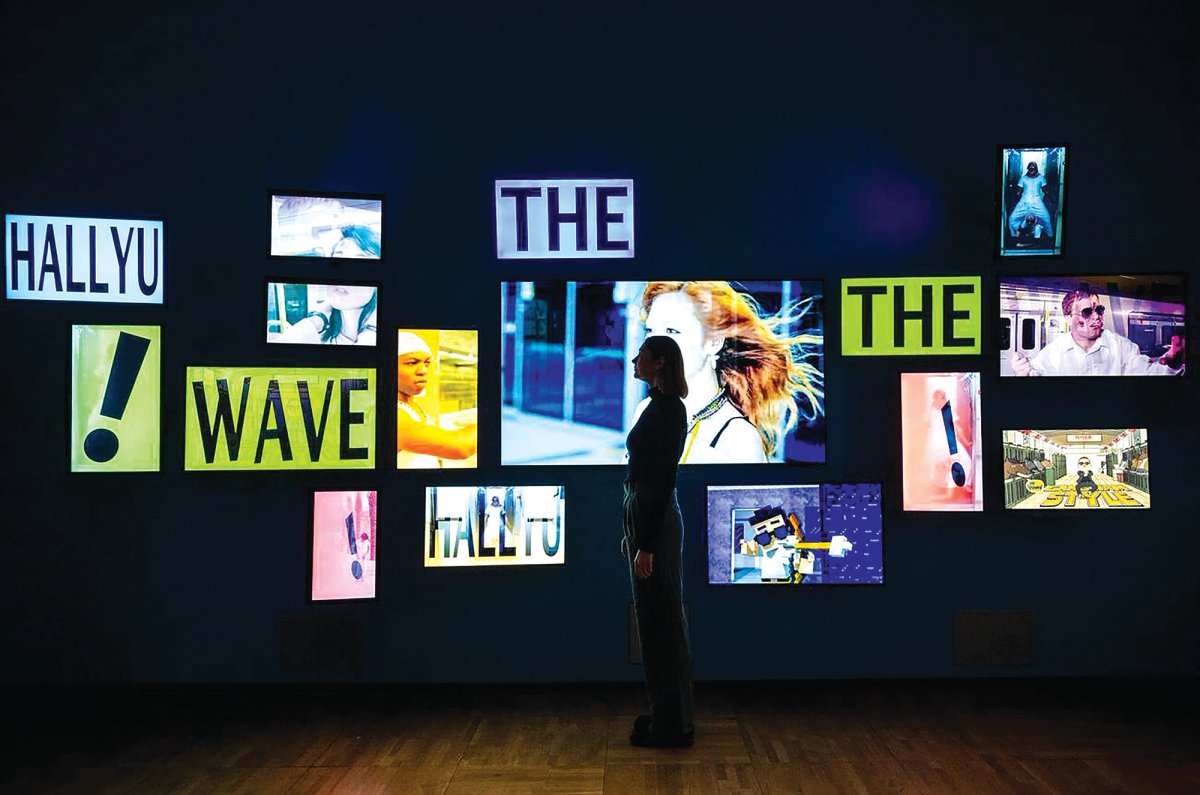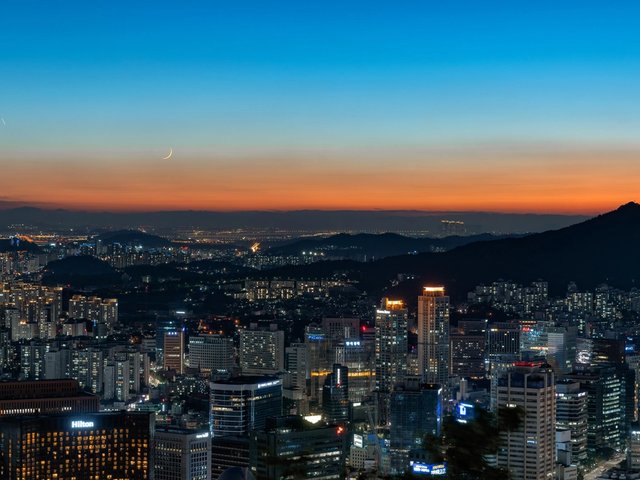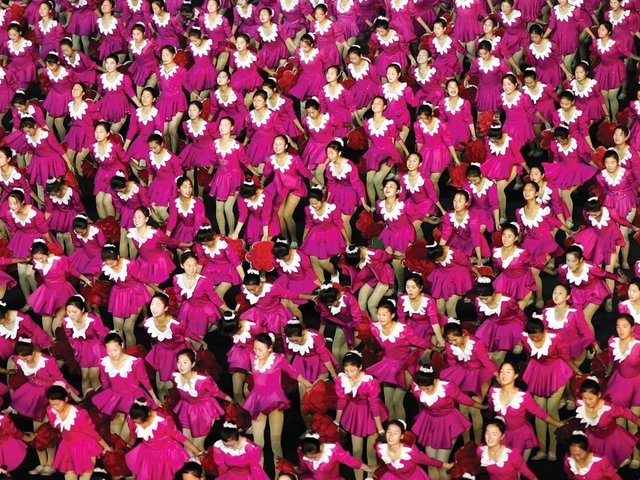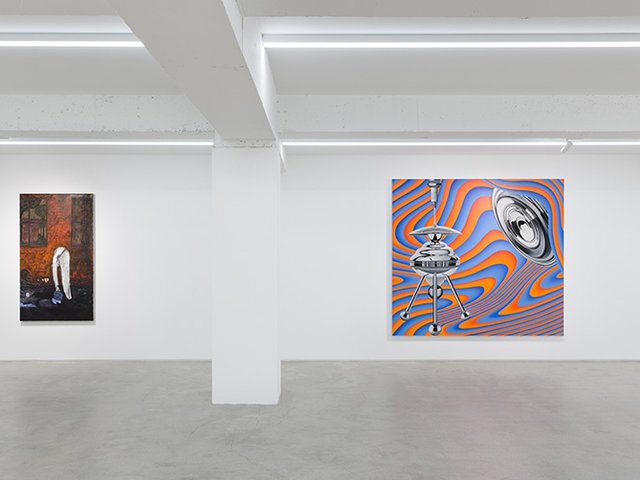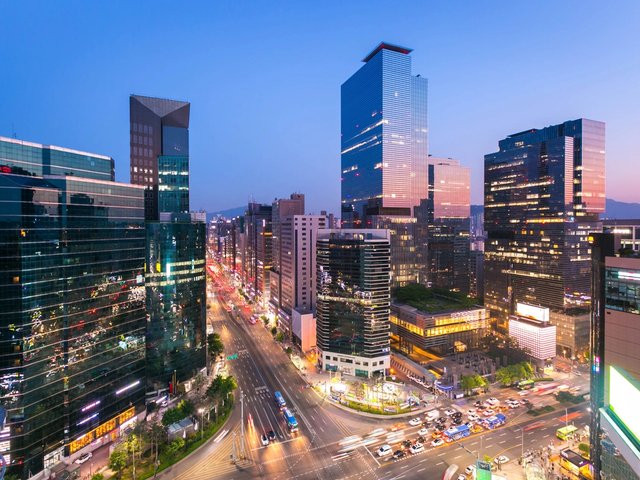A selection of Korea's most exciting contemporary artists have been selected for this year's Korean Artists Today, a long-term project which will see a cohort of artists chosen each year for their potential to make it on the global stage. See the full list here.
In the 21st century, South Korea has transformed into a global cultural powerhouse. From K-Pop and K-Drama to K-Beauty and K-Food, people across the world consume uniquely Korean products and entertainment every day.
South Korea is also emerging as a major art world hub. The city of Seoul has been a regular topic of art world conversation ever since Frieze announced its new fair there. For its first edition in 2022, the halls swelled with international visitors curious to see what the country had to offer. “The launch of Frieze Seoul was one of the biggest indicators of South Korea as a leading art market poised for growth,” says the Korean American curator Juli Cho Bailer. An influx of international galleries and the arrival of the Frieze fair saw South Korea’s art market reach 1 trillion Korean won ($750.85m) in 2022, according to data from the Ministry of Culture, Sports and Tourism.
The “hallyu” (Korean Wave) phenomenon has also propelled Korean culture into the world’s museums, with a host of major exhibitions looking at the region’s art in the past few years. These include last year’s Hallyu! The Korean Wave at the Victoria and Albert (V&A) Museum in London, which was part-sponsored by Korea’s culture ministry, demonstrating the ways in which the government is
promoting the country’s art and culture. In 2024, the state has allocated 4.7bn Korean won ($3.4m) for organising special exhibitions at major events to promote Korean art on a global scale, including 1.7bn Korean won ($1.2m) for the 30th anniversary commemorative exhibition of the Korean pavilion at the Venice Biennale this year.
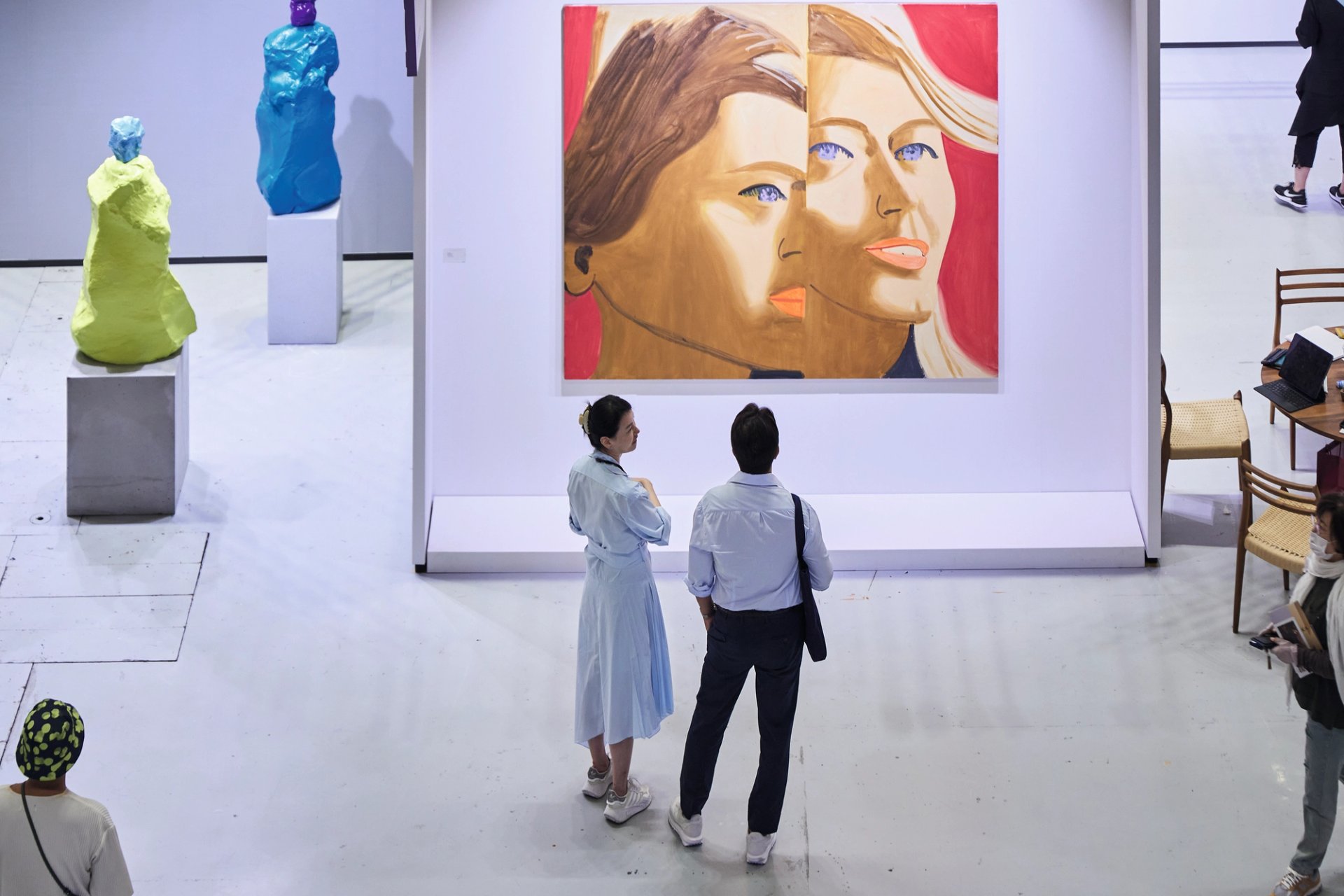
The first Frieze Seoul art fair took place in 2022 Photo: Lets Studio. Courtesy of Lets Studio and Frieze
But this recent creative flourishing did not appear out of a vacuum—far from it. “The Korean art landscape stands out for its diverse array of galleries, public and private institutions and thematic museums,” says Laurencina Farrant-Lee, the artistic director of SongEun Art and Cultural Foundation in Seoul and the founding director of Laurence Geoffrey’s, an art consultancy specialising in arts strategy, development and promotion. “At any given time there are around 500 exhibitions happening concurrently nationwide.” Farrant-Lee also notes Korea’s commitment to nurturing artistic talent from a young age with a large number of competitive art universities in the country, including the presence of art hagwons, specialised private study schools preparing students for art university entrance exams.
What does Korean art look like?
There is historically a preference for painting among Korean artists and collectors, says Cho Bailer. “This is easy to understand with dansaekhwa masters, such as Park Seo-Bo and Lee Ufan, who have influenced two generations of artists,” she says, referring to the Korean art movement of abstract and minimalist painting that emerged in the early 1970s. Contemporary artists are, however, increasingly exploring more multidisciplinary and digital practices. “I see artists incorporating the grammar of computer games, adopting contemporary communication methods like vlogging in their narratives, and taking cues from the enduring popularity of anime and manga, as well as internet kitsch, to create vivid artworks in varying media, ranging from immersive and digital to sculptural,” says Cho Bailer.
The focus on the digital is inescapable in wider Korean society, as a global leader in technology innovation, particularly in the areas of cars, electronics and telecommunications. Korean companies such as Samsung, LG and Hyundai are major supporters of art in the country. Local art institutions are also alive to the trend towards digital practices. Last year, exhibitions on the subject included Game Society at the National Museum of Modern and Contemporary Art (MMCA) in Seoul, which looked at the relationship between society and video games; and Digital Story: We Need Narratives at the National Museum of Modern and Contemporary Art in Cheongju, which focused on how digital media is changing the nature of contemporary art. “Both Frieze Seoul and KIAF (Korea International Art Fair) organised special exhibitions of new media art, while [the fair] Art Busan introduced a ChatGPT docent programme, marking a novel approach to engaging audiences,” notes Cho Bailer.

The exhibition Game Society at MMCA in Seoul looked at the relationship between society and video games Photo: © Cheolki Hong, courtesy MMCA
There is an argument that this increased digitisation is leading to greater homogenisation in art. Kim Seong-Youn, the executive director of the Busan Biennale organising committee says that Korean artists’ styles and subjects are closely aligned with global art trends. “There is a growing preference among young artists for individualistic and pop-oriented creations over deep engagement with social issues,” he says. Jason Haam, who founded his eponymous gallery in Seoul in 2017, agrees. “Art suppliers in Korea, including myself, have not yet found success in finding and cultivating artists who represent the identity of the country today,” he says. “There have been some but I think we need many more and they need to make larger impacts.”
Farrant-Lee, however, says that the style and subjects of art coming out of South Korea are distinctive: “The fusion of traditional Korean art with Western influences, catalysed during the post-war missionary era, has propelled a very singular modern and contemporary art movement,” she says. “The artists and history of great artists coming from Korea and the strong camaraderie among them makes the Korean art scene unique,” adds Clara Kim, the chief curator and director of curatorial affairs at the Museum of Contemporary Art in Los Angeles. She began her visits to South Korea after the founding of the Gwangju Biennale in 1995, the oldest biennial of contemporary art in Asia. The launch of the biennial also “coincided with a generation of artists from Korea studying abroad in the United States and Europe, and as such developing international profiles”, Kim adds, noting that artists such as Haegue Yang and Lee Bul will both have major presentations in London and New York this year.
Managing growth
As South Korea’s art scene seems set for expansion, it must navigate several challenges. While celebrity endorsements and hallyu fame helps the market, Farrant-Lee expresses concerns around the proliferation of “fast-fame” art, emphasising “the need for fostering sustainable and meaningful artistic endeavours”. This demands hard work from local art institutions: “The pursuit of excellence necessitates more meticulously planned retrospectives and solo exhibitions showcasing both Korean and international artists that are on the highest international standard,” she says. “The infatuation around Seoul and Korea can only be sustainable if the global art world continually sees unique and interesting content rooted in Korea and that can only spring from interesting artists,” says Haam.
But the recent boom has not only changed perceptions abroad: it has also had a positive effect closer to home. Cho Bailer says: “It has sparked a shift in the perception of art among the general population in South Korea, fostering greater awareness, appreciation of and pride in the vibrant art scene and market.”



